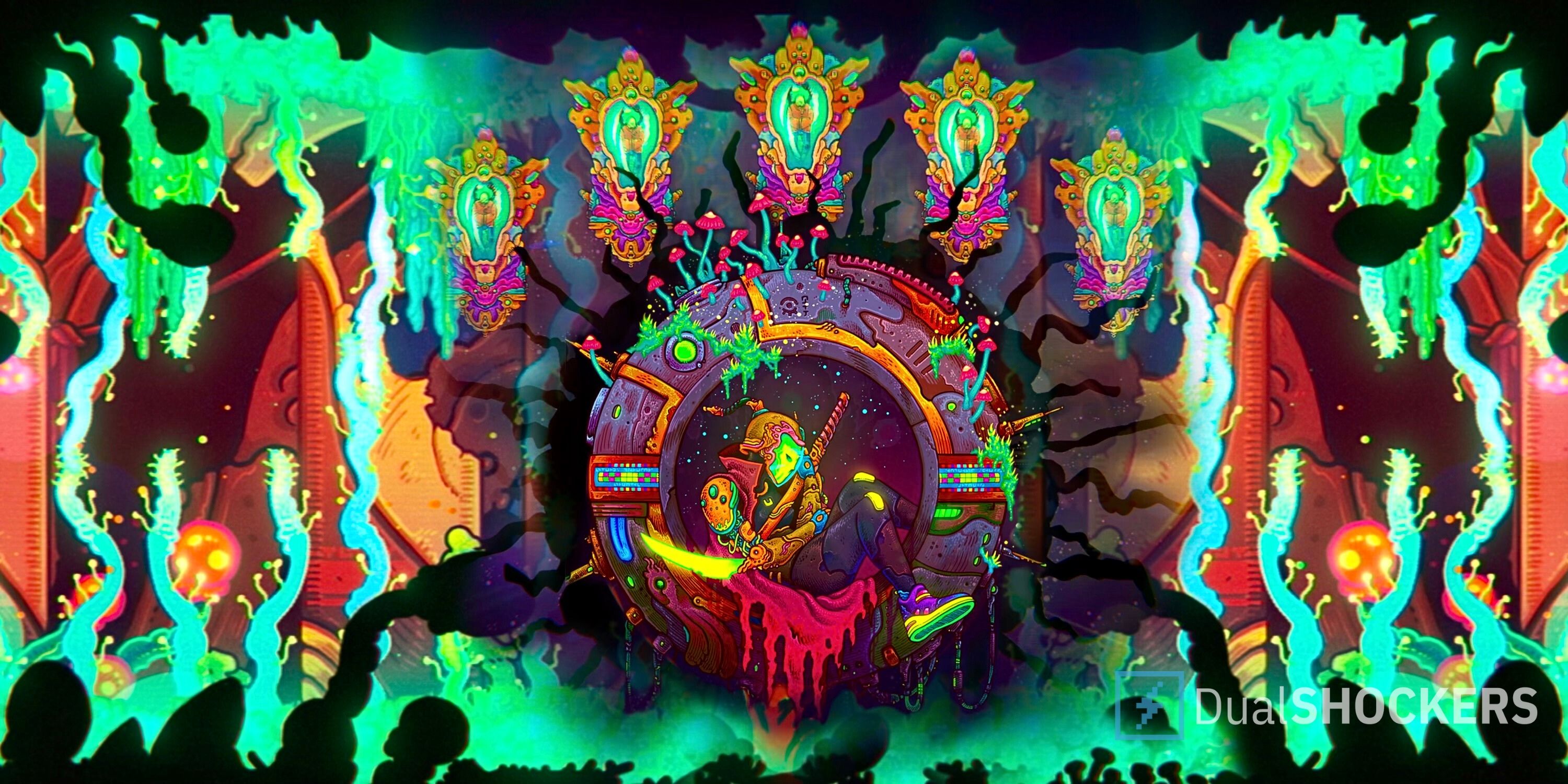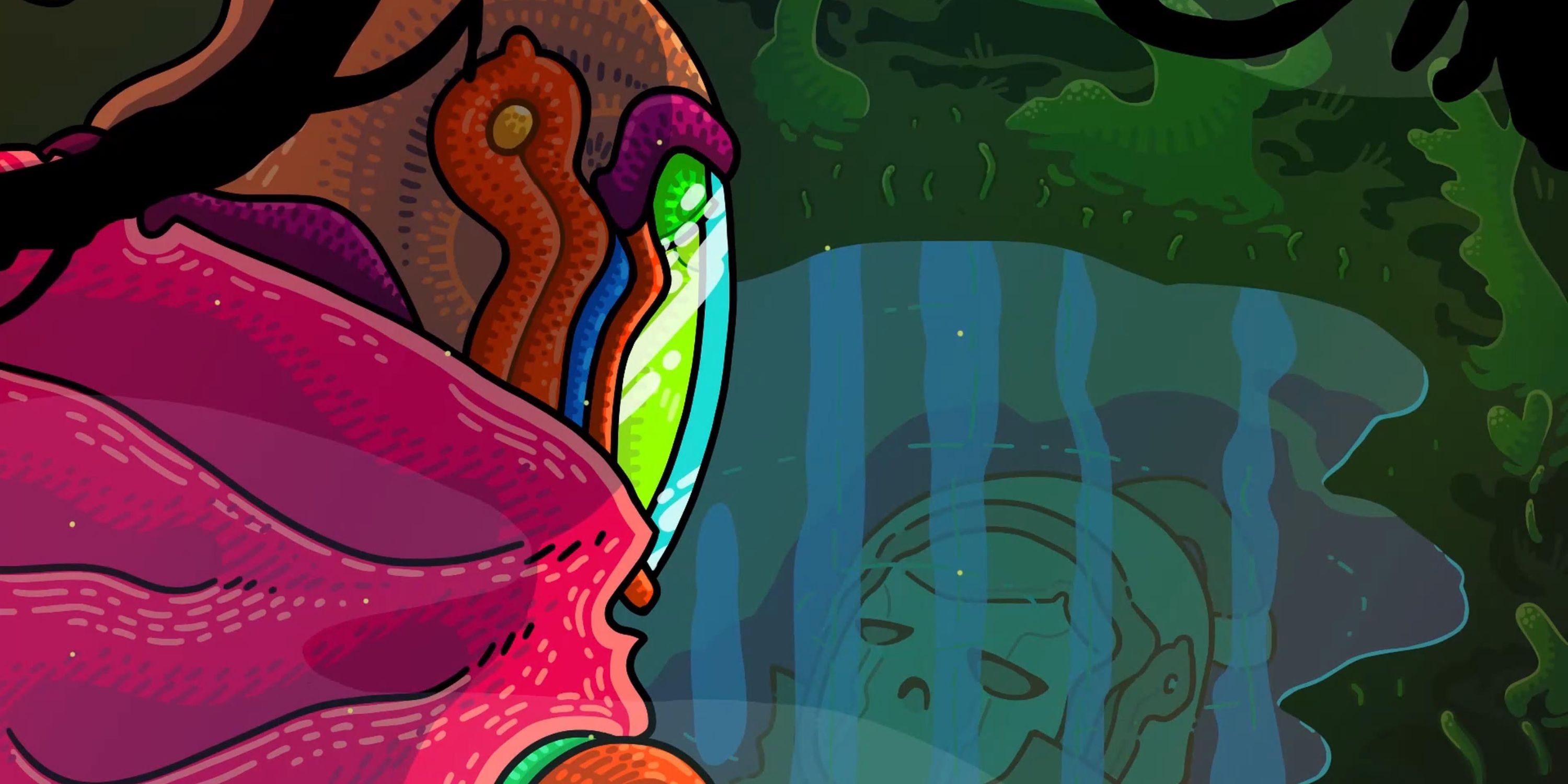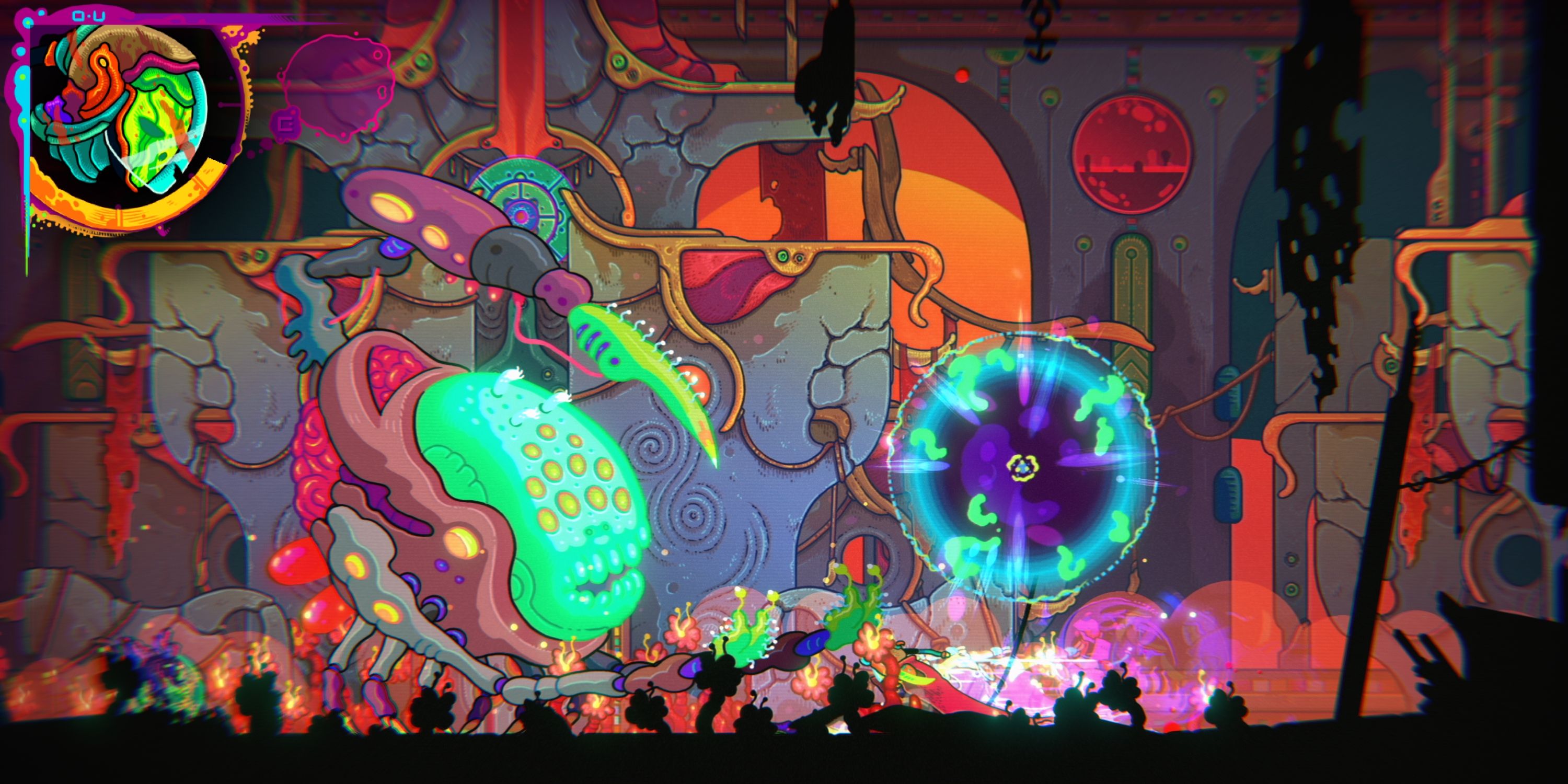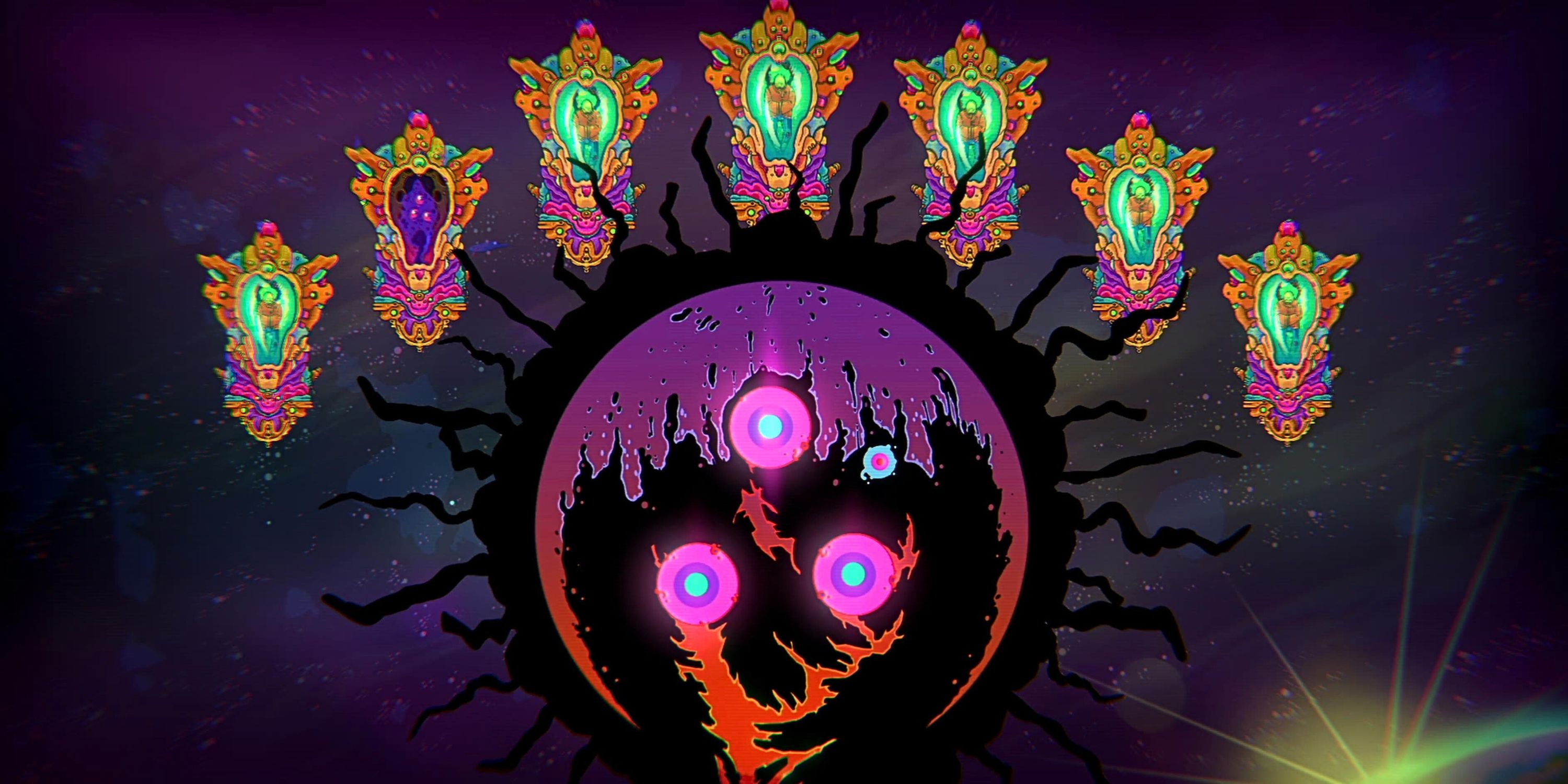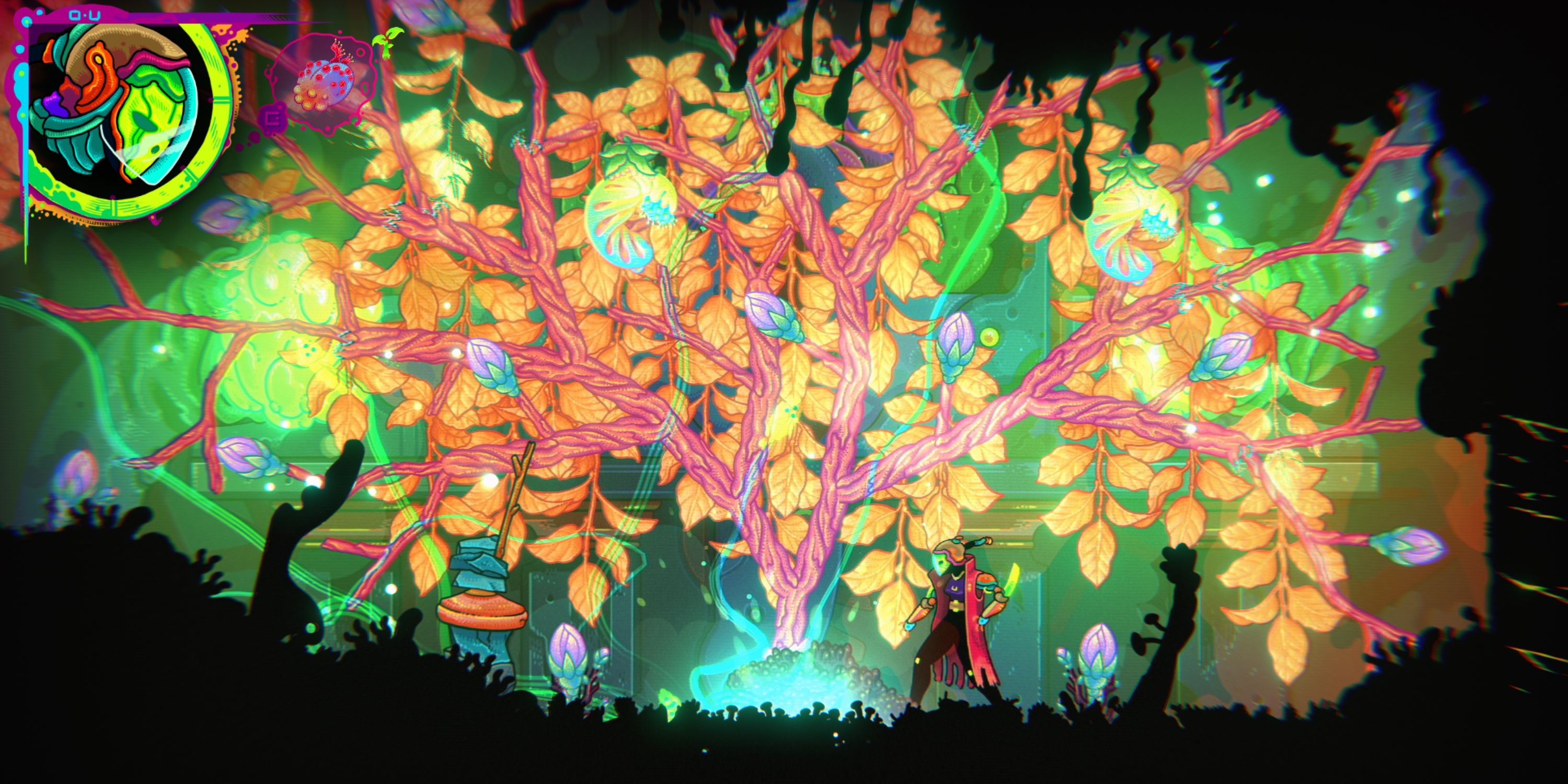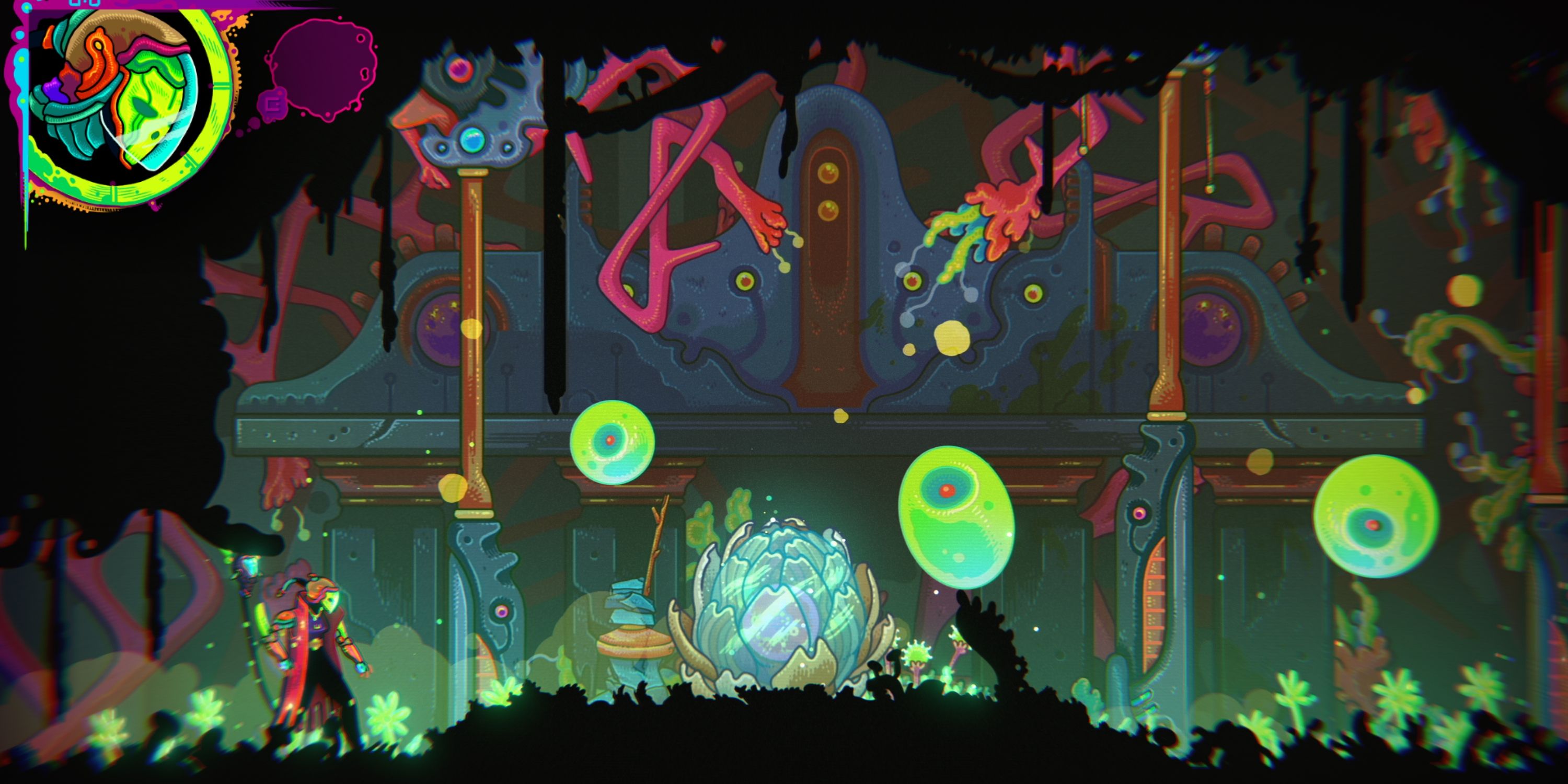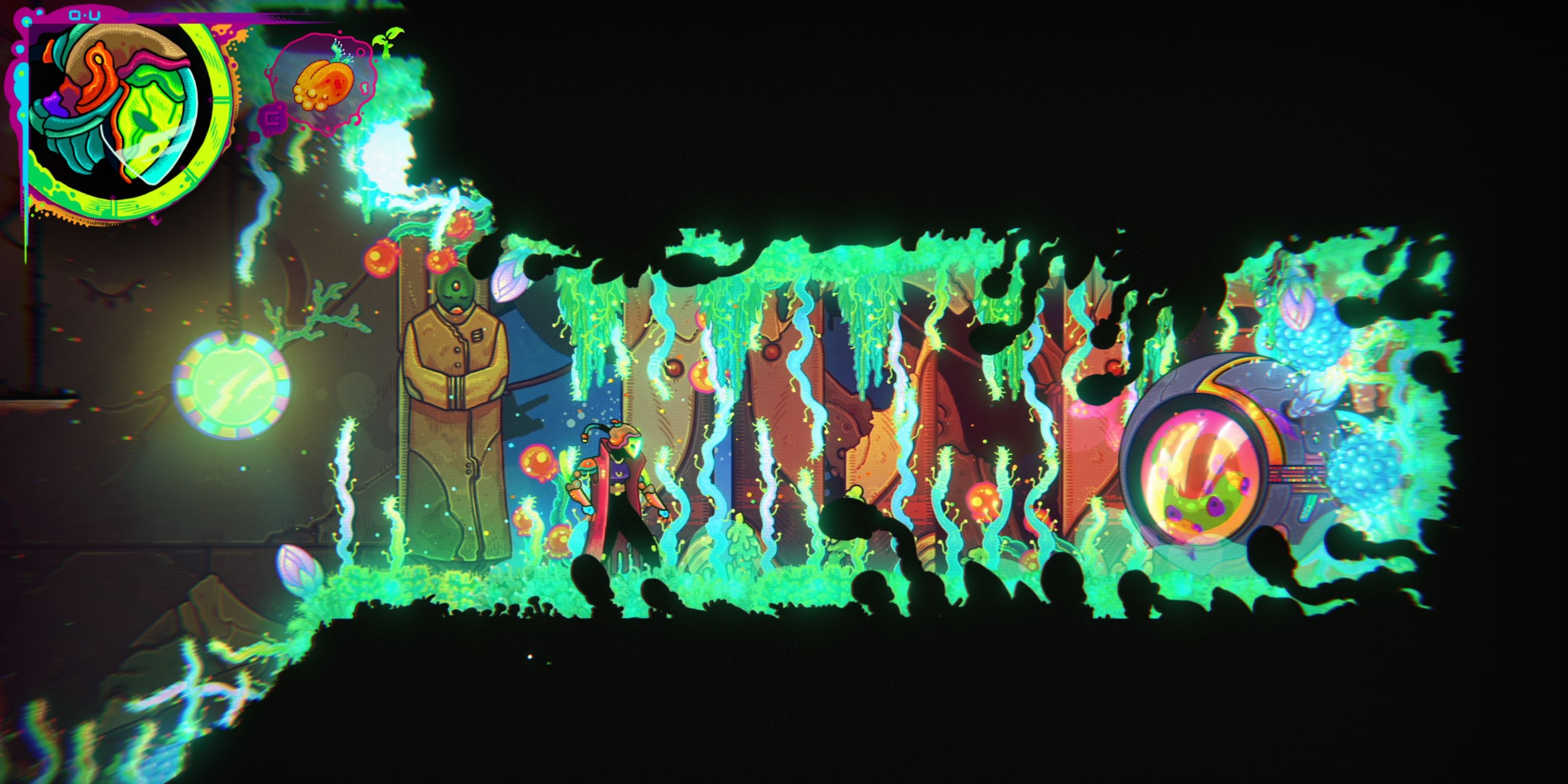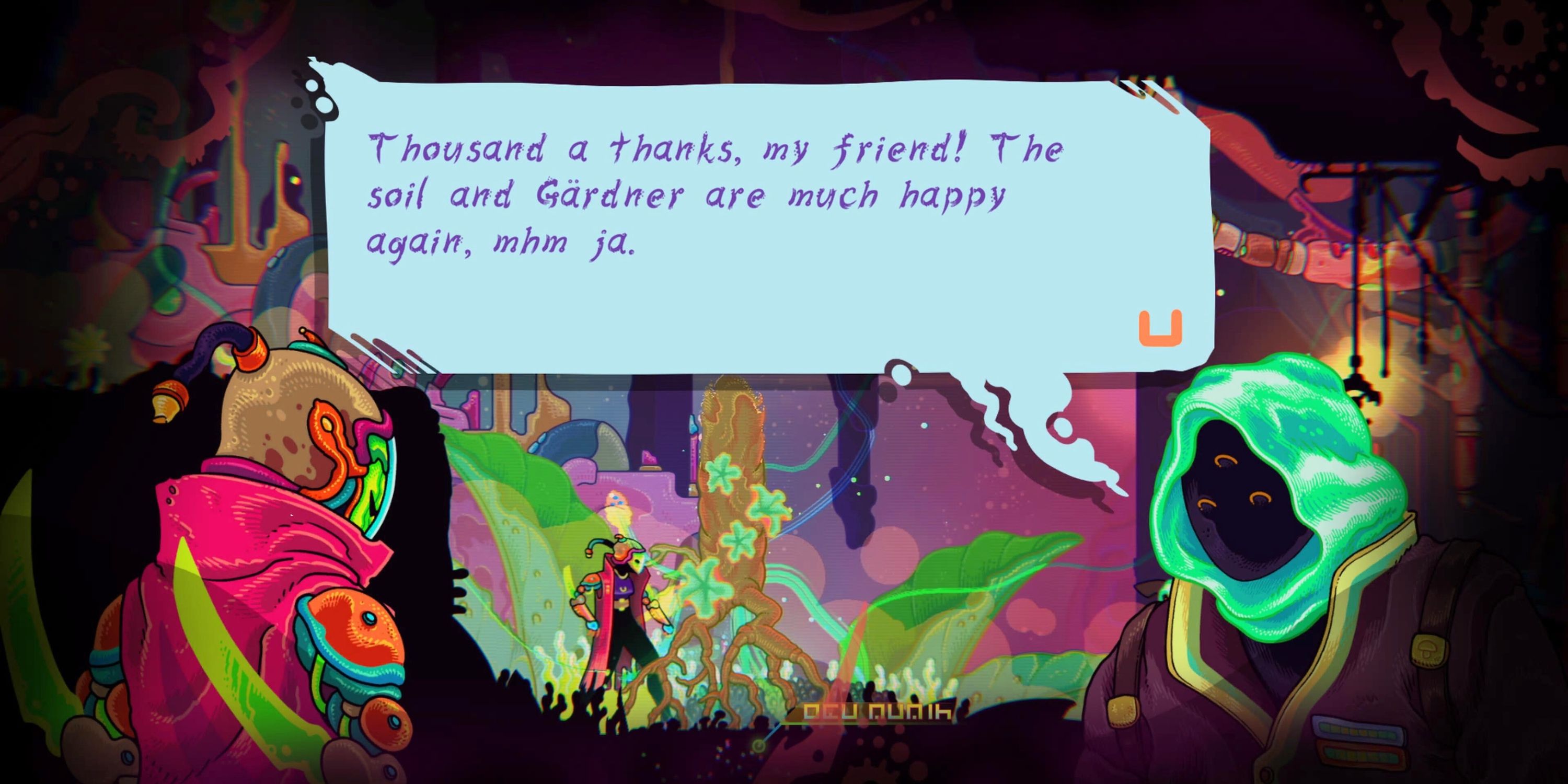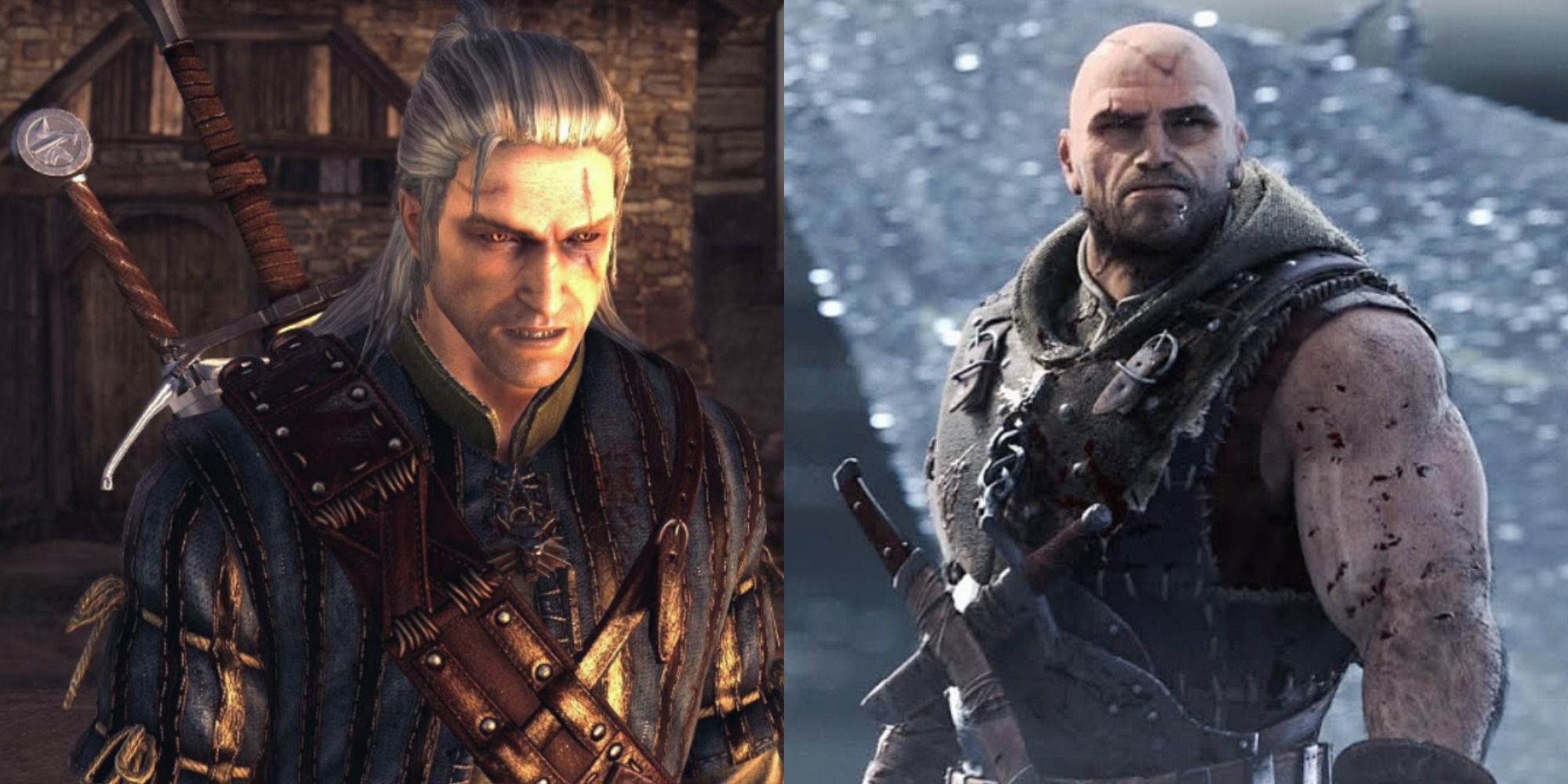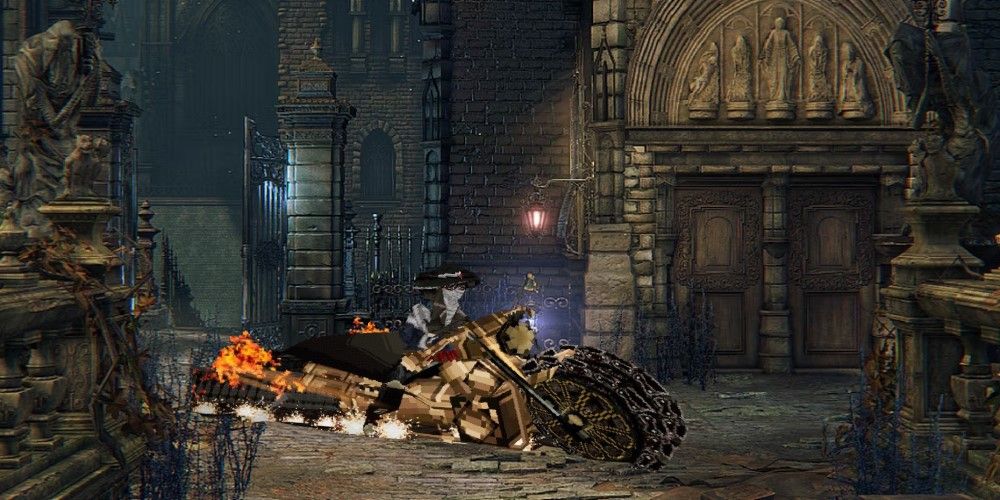Highlights
- Key takeaways:
- ULTROS is a psychedelic Metroidvania with stunning visuals and a hauntingly beautiful soundtrack.
- The gameplay combines hack n slash combat with tender-handed gardening, offering a unique experience.
- The game lacks a real challenge in combat encounters and has navigational shortcomings that can lead to frustrating moments.
Ultros
ULTROS is a psychedelic Metroidvania where you wake up stranded on The Sarcophagus — a cosmic uterus holding an ancient, demonic being. Trapped in the loop of a black hole, you will have to explore The Sarcophagus and meet its inhabitants to understand the part you play in the never-ending cycle of rebirth.
- Released
- February 13, 2024
- Developer
- Hadoque
- Stunning Visuals And Hauntingly Beautiful Soundtrack
- Engaging Story With Multiple Endings
- Unique Gameplay That Mixes Hack n Slash Combat With Tender-handed Gardening
- Lacking A Real Challenge In Combat Encounters
- Navigational Shortcomings Lead To Some Frustrating Moments
As an avid Metroidvania gamer, I am always on the lookout for the next big one to catch my eye. And let me tell you, ULTROS and its psychedelic art style didn’t just catch my eye — it burned a kaleidoscope-shaped hole through the center of my brain. It’s been an experience of exploration, experimentation, and wonder, all topped off with a minor dose of frustration.
ULTROS takes place on The Sarcophagus, a large space station aimlessly floating in some distant corner of space. Despite what the name implies, The Sarcophagus is anything but devoid of life. In fact, it’s functionally a large womb, acting as a home for all manner of alien wildlife, a few wayward explorers, and, most importantly, a gigantic, incubating demon known only as ULTROS. You wake up somewhere on board, unsure of who or where you are, and set out to find answers.
A hauntingly beautiful soundtrack of violins and eerie synth pads fills your ears as you acquaint yourself with the vibrant, alien environment surrounding you. And as you explore each of the unique biomes, slowly taking out the incubating shamans fueling ULTROS’ growth and dispelling the illusion ensnaring every living thing on board, you’ll experience several loops — cycles of rebirth where you’ll have to relearn skills and reacquaint yourself with areas that have evolved due to your actions or inactions in the previous cycle.
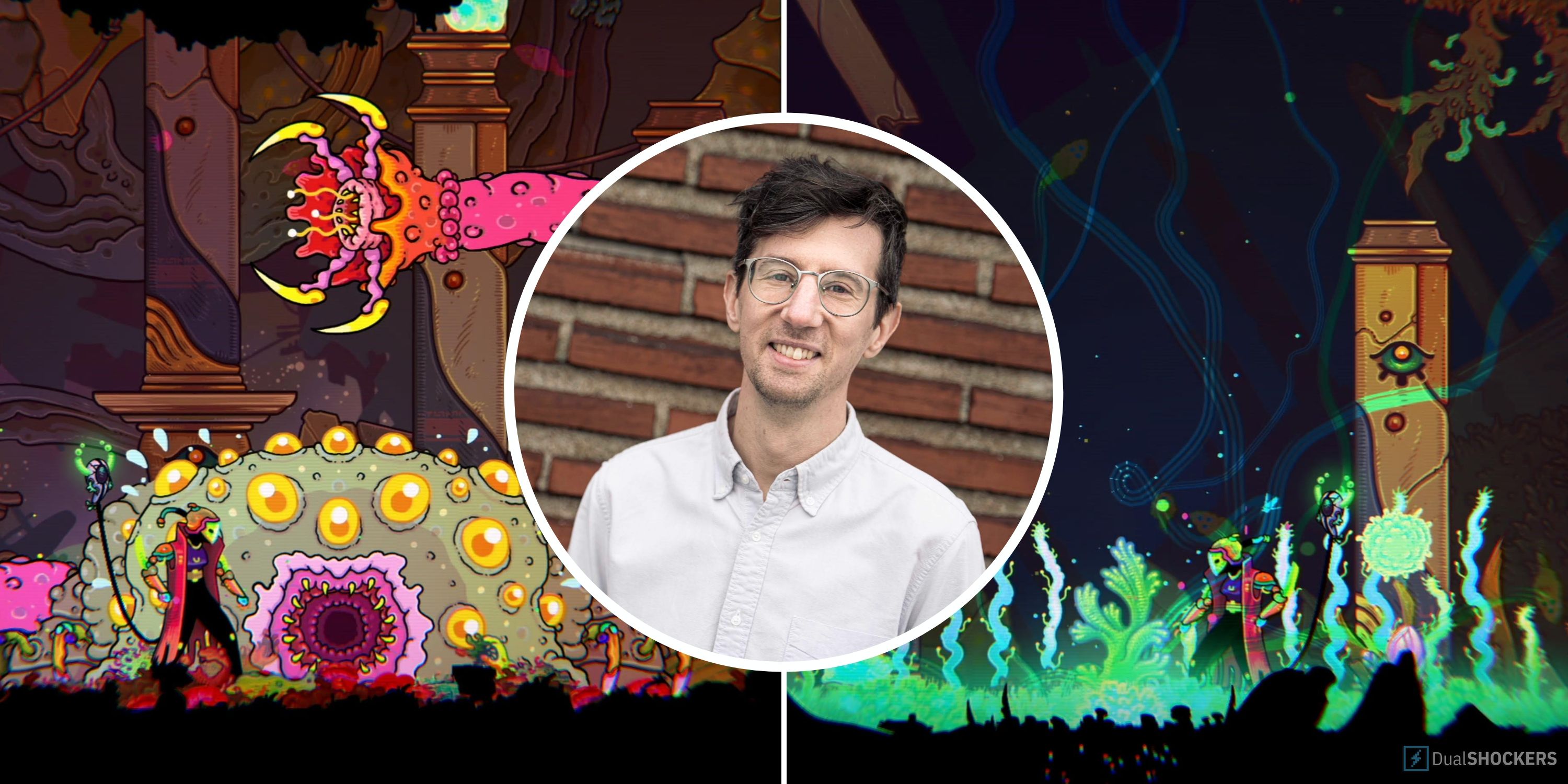
Peeling Back The Layers Of ULTROS, The Trippiest Metroidvania Ever
We speak with Mårten Brüggemann, Game Director behind ULTROS, one of the most unique Metroidvanias in years.
The core gameplay elements are a mix of hacking and slashing your way through hostile fauna while also playing gardener, carefully choosing between a variety of plant types to help you navigate the alien landscapes, solve puzzles, and fuel your skill progression. Combat is fairly basic, making use of a light and heavy sword attack and a dodge mechanic to take out your foes, with new moves and abilities becoming available as you progress further into the game.
Combat feels snappy and rewarding as you carefully maneuver each enemy’s combos, creating openings to attack from behind or to toss one enemy into another. But the degree of challenge I’ve come to expect from Metroidvanias was hard to find here, with only a couple of enemy types ever dealing serious damage to me. In fact, throughout my first 18-hour playthrough, I didn’t die once. On the one hand, this was a bit disappointing as I had been hoping to run into at least a few bosses that would require some trial-and-error. But what the combat lacked in difficulty it somewhat made up for in its emphasis on technique.
Nutrition plays a big role in ULTROS. As you harvest the fruits of the various plants you encounter and hack through each enemy, you’ll gain resources that can be used to unlock new skills, fertilize plants, and even feed and befriend some creatures. When it comes to creature parts, the variety of attack types you use when defeating them can determine the quality of the parts you collect. Brutally beat a creature with the same move over and over, and you might just be left with some bloody pulp, while thoughtfully placing each hit can yield a more nutritious bounty. This system quickly made each battle feel like a mini puzzle, with some of the more durable enemies requiring me to carefully execute every ability I had available in order to get the best resources from them.
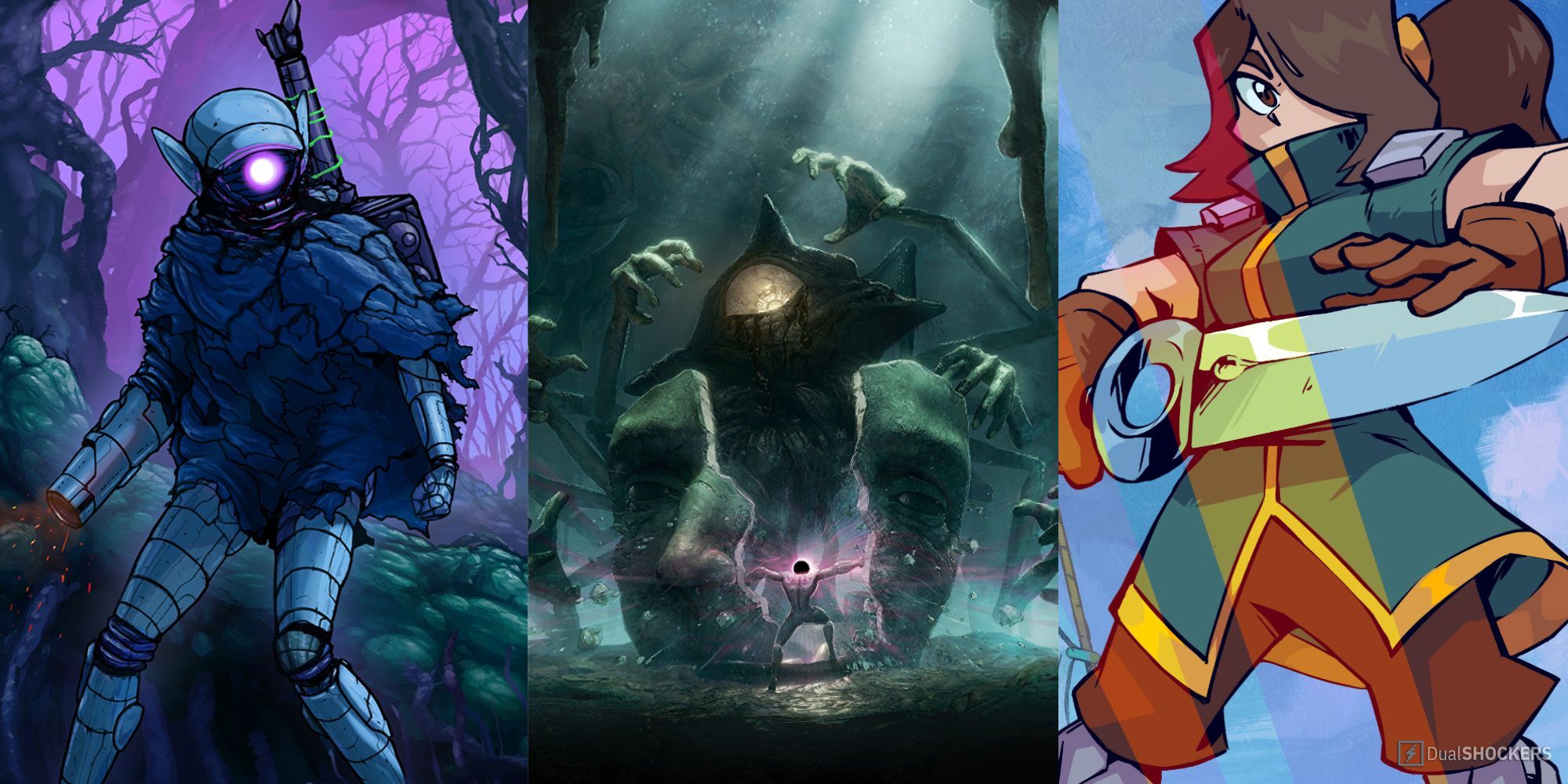
10 Best Metroidvania Games On PS5 For Under $25
The PS5 catalog is stacked with a variety of titles – old and new – including a bundle of Metroidvania titles for cheap.
Although these resources will sometimes be spent on replenishing your health, you’ll mostly use them to unlock new skills. Each skill requires a different combination of the four nutrient types in order to be unlocked, with certain nutritional values being more widely available in specific areas of The Sarcophagus, effectively demanding me to explore the whole of the ecosystem if I wanted to learn every skill. And just when I felt like I was able to unlock the most important skills, preparing me for just about any situation, I’d break another shaman out of its incubator and trigger another loop, starting over and having to rebuild myself from the ground up.
Initially, this felt like a big setback, something I’d expect to experience in a Roguelike. But as I learned the various routes and where to find the nutrition I needed to level up, I was able to rebuild myself faster with each loop. Through diligent exploration, I was also able to find several Mnemonic Mycelium, a unique resource that allowed me to carry over skills between loops, making each rebirth seem a bit less devastating than the last.
As fun as combat and skill progression are in ULTROS, they’re a small part of the larger equation that makes up the game, with the largest element being how you interact with the various plants available, and how the decisions you make in the environment affect the gameplay and story elements throughout each loop. This is where the real brilliance of ULTROS shines through, and where I also found my greatest moments of frustration.
Some plants will survive and grow far beyond their initial reaches after living through a few loops, while others will wither and die with each rebirth you experience.
You’ll eventually gain access to a handful of plant seeds, all of which grow into unique flora that can be used to traverse the map. Planting the Ogu Mumin seed, for example, will yield a tree-like plant that is useful when reaching areas too high to jump to. Planting a Mushishi on the ceiling can result in a new path becoming accessible through some swinging vines, while instead planting it in the ground creates a strip of grass that might benefit the environment itself more than your personal exploration goals. Furthermore, what you plant and where you plant it can have long-lasting effects that play out over several loops. Some plants will survive and grow far beyond their initial reaches after living through a few loops, while others will wither and die with each rebirth you experience.
But it isn’t just about the planting process itself; it’s also about how you use the various tools you’ll acquire to care for them, or not. There were some areas where the pesky, thorny Staccati vines blocked my passage entirely. After getting my cutting tool, I was able to hack through the bramble and explore the area it was hiding. But not long after I began cutting did the vines begin to regrow, pushing me deeper into the belly of the beast. Later, when I got my digging tool, I was able to come back and uproot the seed, eliminating this thorny nuisance once and for all, while also allowing me to replant that same seed elsewhere.
The complexity of deciding which plants go where and how each loop will further affect their growth or cause them to wither entirely makes navigating the map essentially one giant puzzle. There are some areas that are fairly straightforward to get through, while others can only be reached by choosing the right combination of plants, tools, and soil nutrition. When this worked well, it took the form of me carefully tending to a plant for a couple loops until it reached maturity and allowed me to collect that previously impossible to reach Mnemonic Mycelium.
But there were also some frustrating times when I ventured down a path and quickly found myself lost in an area I had visited before. The path out of there that had been available in a previous loop was no longer available, forcing me to find a new way. Some of this intentional misdirection was enjoyable, while some of it was not. For example, breaking through a destructible wall I first discovered on loop one opened up a pathway I needed to get to a new area. When consulting my map on loop two, that same area I now found myself trapped in appeared to have no exits.
After scouring every inch of this once familiar area again, I’d eventually find that the destroyed wall had been rebuilt, though there was no indication of this destructible obstacle on my mostly filled out map. While I can appreciate the idea of things changing between loops, the fact that the whole of the map was still intact, minus these kinds of obstacles, meant I had to manually remember where they were to avoid spending an hour retracing my steps. Eventually, I was able to remember most of these kinds of blocked paths, but it made for some especially slow and tedious moments earlier in my playthrough.
It was in times like these that I felt like there could have been a bit more hand-holding. Certain mechanics seem to be quickly glossed over, the developers clearly encouraging you to rely a bit more on experimentation to discover just what’s possible. While this approach only backfired a few times throughout my first playthrough, those occasional moments really slowed down my progression and caused some unwanted frustration.
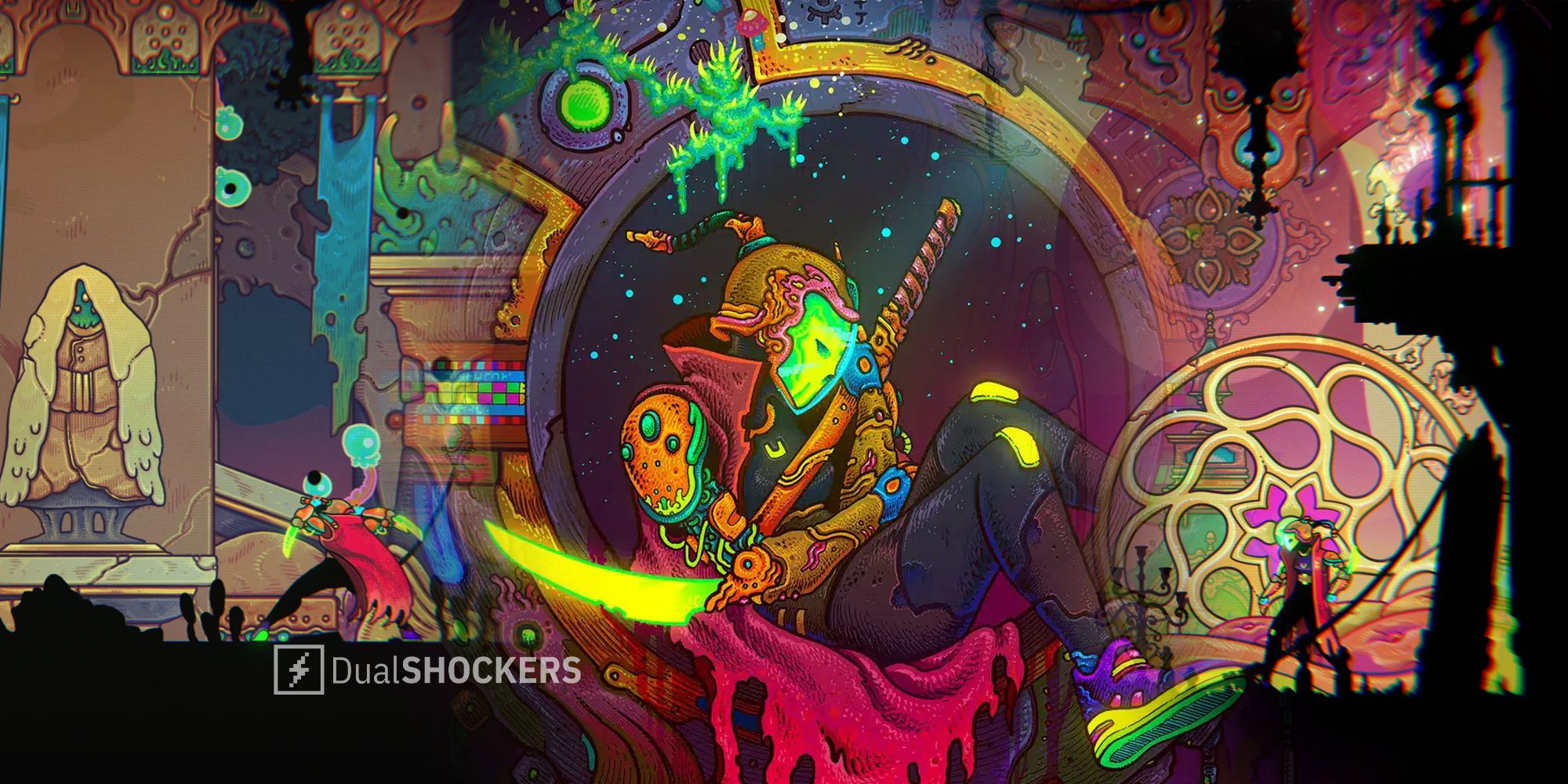
ULTROS Is Like A Shroomy Hollow Knight… With Gardening
Going hands-on at Gamescom with one of the weirdest games of the year.
After successfully navigating through all the trials put before me, I eventually was able to take out all seven shamans and trigger the ending of the game, leaving me partially satisfied after completing my inaugural journey. But there was so much I hadn’t completed the first time around that I decided to jump in and go through the game again. Much to my surprise, the second playthrough is where I found my greatest appreciation for everything the developers had accomplished in ULTROS.
The first time around, I had approached gathering resources like I did in most games. I used each tool at my disposal to collect every seed and nutrient available to further my goals, mindlessly stomping through the fragile ecosystem, uprooting mature plants just to stockpile their seed in case I needed it later. While this had short-term benefits, doing so also disturbed the ecosystem that had been growing for many seasons before I woke up. The long-term impact this made was not as easily recognizable on my first playthrough as it was on my second.
The best example of this was the experience I had when connecting the living network throughout the map the first time around vs the second playthrough. About halfway through the game, you’ll get access to an area that allows you to run what effectively functions as a neuron from one relay to the next. Connecting it to certain mechanisms can open doors previously locked, while connecting it to the pods I saved and upgraded my skills in would unlock a fast travel system capable of sending me to any pod currently wired to the living network.
Reaching the end of the game requires making use of this living network, but most of it was entirely optional. With one of the endings of the game requiring me to wire the network throughout the entire map, this optional side quest quickly became the most complex puzzle the game had to offer, one that spanned just about every nook and cranny of the map.
On the second playthrough, however, I decided to only uproot a plant if I absolutely needed to, taking each careful step through the alien landscape with the conviction to make my footprint on the ecosystem as minimal as possible.
One of the key components to wiring the living network is using the flowers that grow off of the matured plants as relay points, helping you connect the network further by making use of the plant life itself. Since I had been more reckless on my first playthrough, wiring the living network through certain paths was much more difficult, requiring a lot more work, combining the functionality of all my tools and adding more nutrition to the soil to help mature the plants further to make up for my poor decisions earlier on. On the second playthrough, however, I decided to only uproot a plant if I absolutely needed to, taking each careful step through the alien landscape with the conviction to make my footprint on the ecosystem as minimal as possible.
And this more conscious approach paid off. Areas that had taken me an hour to repair on my first playthrough were lush with plantlife, making my mission to connect each relay a much easier feat the second time around. The contrast between these two experiences really speaks to the underlying themes of harmony and conservation, a core motif I could only appreciate with multiple playthroughs. This is quite possibly the most beautiful part of my time with ULTROS, and an experience most would miss entirely if they choose to only play the game once.
Overall, ULTROS is a really good game that forces you to experiment with multiple approaches, unafraid of throwing you into the deep end from time to time. It provides a Metroidvania experience like no other, saturated with unique puzzle solving, psychedelic visuals, a beautiful soundtrack, and a bizarre but captivating story and setting.
Some of its best moments can only be appreciated by those willing to put in the extra time, which is both a rewarding and unfortunate reality, as not everyone will be able to experience the best the game offers with a single playthrough. But if you have the patience to persevere through some minor shortcomings and a couple of playthroughs, your understanding and appreciation for this game will no doubt mature from a freshly sprouted sapling to a towering conifer.
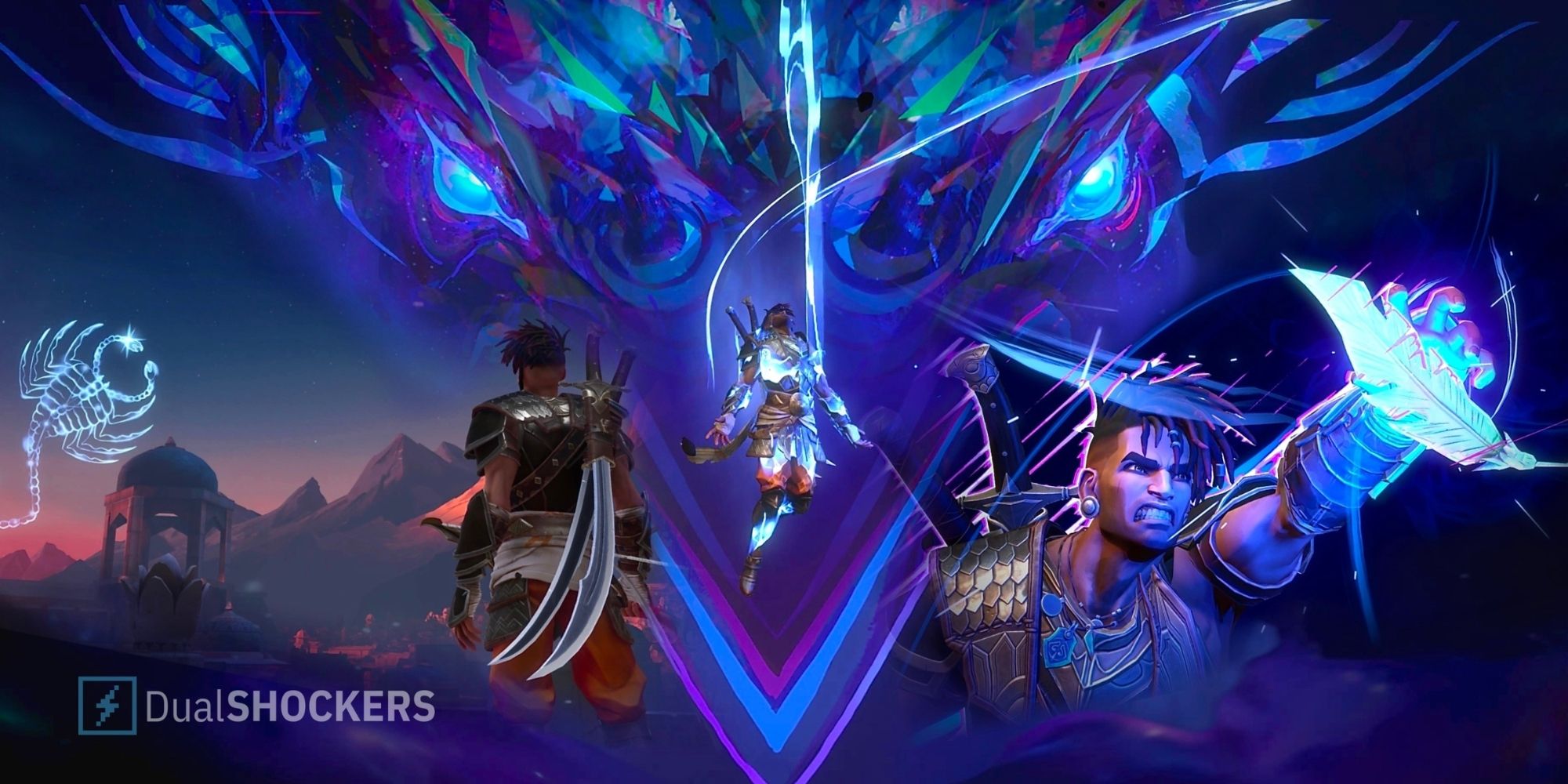
Prince Of Persia: The Lost Crown Review – The Future Of The Franchise Looks Bright
Prince of Persia is back!

